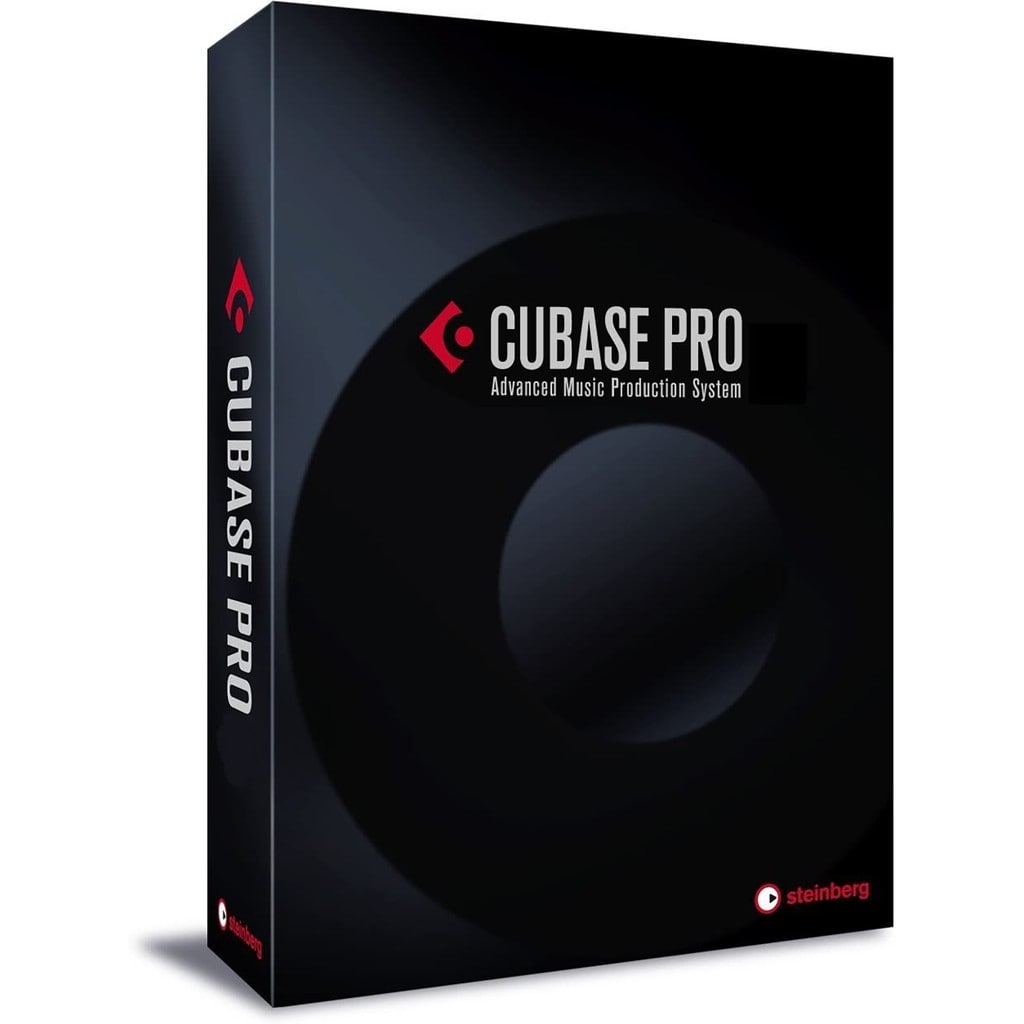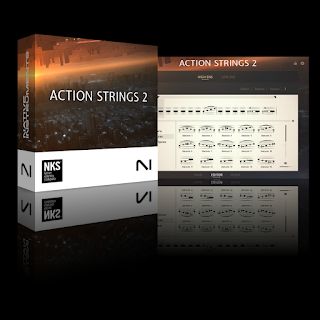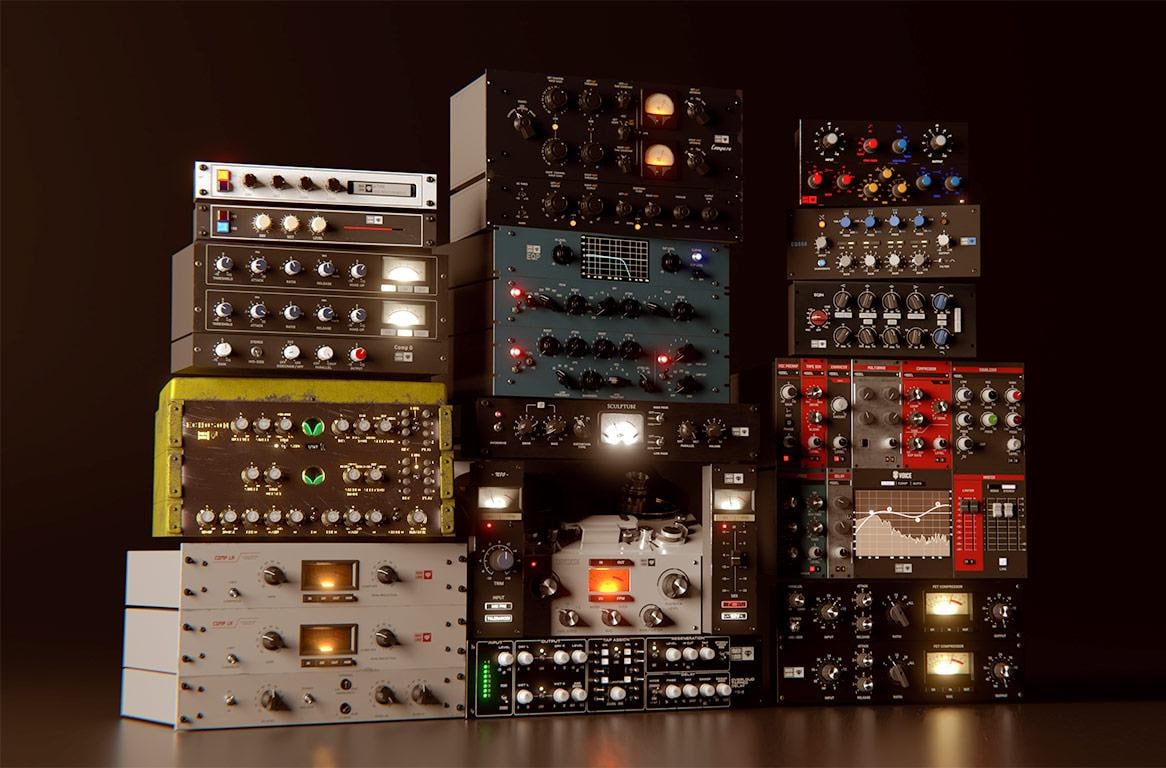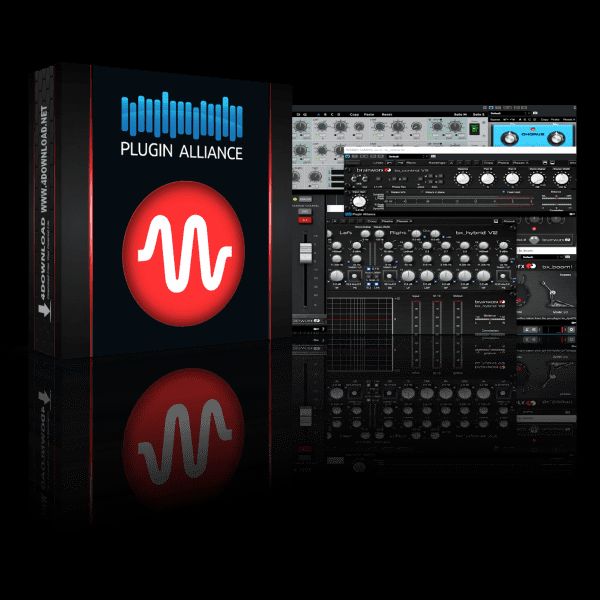Cubase 12 Pro v12.0.60 is a professional digital audio workstation (DAW) developed by Steinberg, known for its advanced features and robust tools for music production, recording, editing, and mixing. Here’s an overview of its features, installation, and tips for getting the most out of Cubase 12 Pro:
Key Features of Cubase 12 Pro v12.0.60
- Audio Recording and Editing:
- High-resolution audio recording with advanced editing tools.
- VariAudio for pitch correction and harmonization.
- MIDI Sequencing:
- Comprehensive MIDI editing with Key Editor, Drum Editor, and Score Editor.
- MIDI Remote Integration for custom controller mappings.
- Mixing and Mastering:
- 64-bit floating-point audio engine.
- MixConsole with advanced channel strip modules and dynamic EQ.
- Integrated mastering suite with various plugins and effects.
- VST Instruments and Effects:
- Comes with a range of VST instruments like HALion Sonic SE, Groove Agent SE, and Padshop 2.
- Extensive collection of VST effects including EQs, compressors, reverbs, and more.
- Workflow Enhancements:
- Enhanced user interface with customizable workspaces.
- Advanced automation and control room integration.
- Project Logical Editor for complex editing tasks.
- Collaborative Tools:
- VST Transit for cloud-based project collaboration.
- Video export functionality for scoring to picture.
Installation and Activation
- Download the Installer:
- Visit the official Steinberg website and download the installer for Cubase 12 Pro v12.0.60.
- Install Cubase:
- Run the installer and follow the on-screen instructions. Select the components you wish to install, such as VST instruments and content libraries.
- Activate the Software:
- Use the Steinberg Download Assistant to activate Cubase. You will need a Steinberg ID to log in and manage your licenses.
- Activate your license using the eLicenser Control Center, which manages your software licenses.
Getting Started with Cubase 12 Pro
- Setting Up Your Audio Interface:
- Go to Studio Setup and configure your audio interface under VST Audio System.
- Set up input and output busses in Audio Connections.
- Creating a New Project:
- Start a new project from the Hub or File menu.
- Choose a template or create a blank project.
- Recording Audio:
- Create audio tracks by right-clicking in the track list and selecting Add Audio Track.
- Arm the track for recording and press the record button in the transport panel.
- Using VST Instruments:
- Add instrument tracks by right-clicking in the track list and selecting Add Instrument Track.
- Load VST instruments like HALion Sonic SE or Groove Agent SE.
- MIDI Editing:
- Open the Key Editor by double-clicking a MIDI region.
- Use tools like the Pencil and Eraser to edit MIDI notes.
- Mixing and Mastering:
- Open the MixConsole from the Studio menu.
- Use channel strip modules, insert effects, and sends to shape your mix.
- Apply mastering effects in the stereo out channel.
Tips for Using Cubase 12 Pro
- Learn Keyboard Shortcuts:
- Familiarize yourself with Cubase’s keyboard shortcuts to speed up your workflow. You can customize shortcuts in Edit > Key Commands.
- Use Templates:
- Create and use project templates for different types of projects to save time on setup.
- Organize Your Projects:
- Use folders and color-coding to keep your project organized. Group related tracks and use track visibility options to declutter your workspace.
- Experiment with Automation:
- Automate parameters such as volume, pan, and plugin parameters to add movement and dynamics to your tracks.
- Utilize VSTi Rack:
- Use the VSTi Rack (F11) for managing multiple instances of VST instruments, allowing for more flexible routing and performance optimization.
- Explore Plug-in Collections:
- Take advantage of the extensive collection of Steinberg’s VST plugins and third-party plugins to enhance your sound.
Learning Resources
- Official Documentation:
- Refer to the Cubase 12 Pro manual for detailed information on all features.
- Tutorials and Courses:
- Check out video tutorials on YouTube and online learning platforms like Groove3 and LinkedIn Learning for in-depth tutorials.
- Community Forums:
- Join forums like the Steinberg Cubase Forum to connect with other users, share tips, and get advice.
By leveraging the powerful features and tools in Cubase 12 Pro v12.0.60, you can take your music production to a professional level. Whether you’re recording, composing, mixing, or mastering, Cubase provides the capabilities you need to bring your creative ideas to life.




